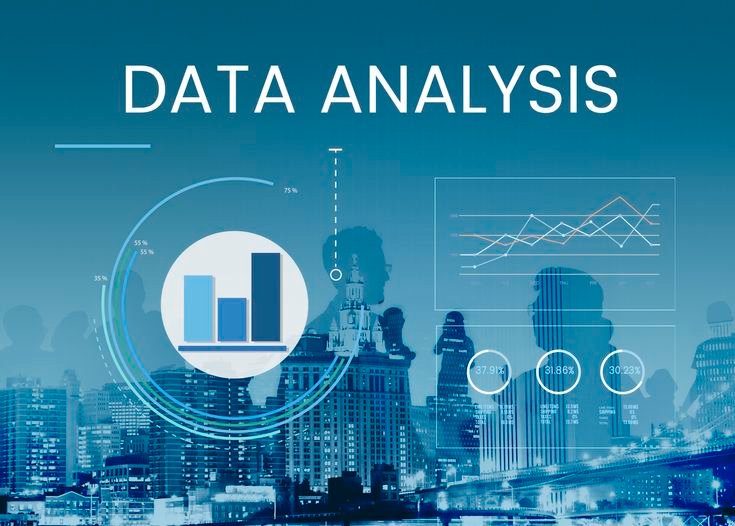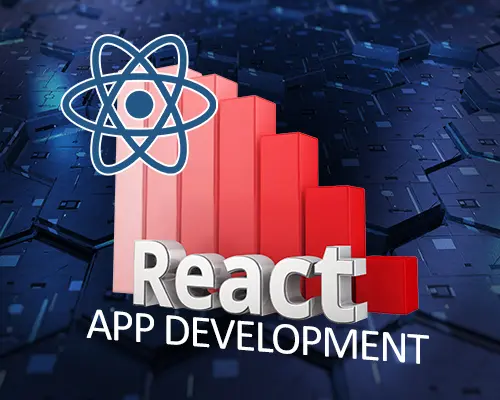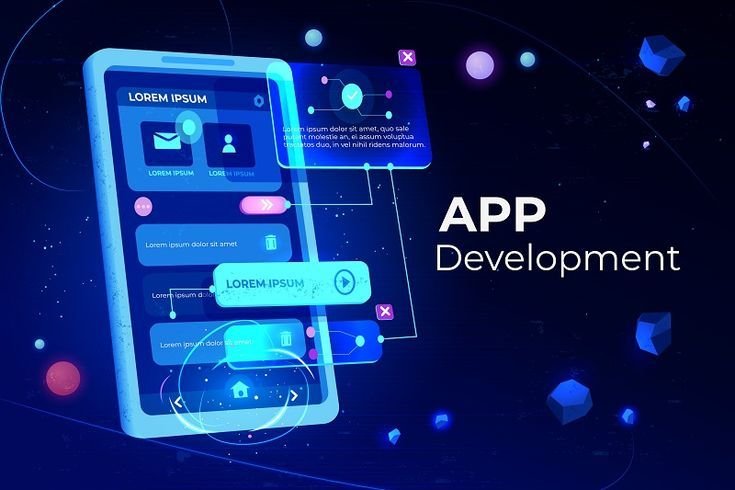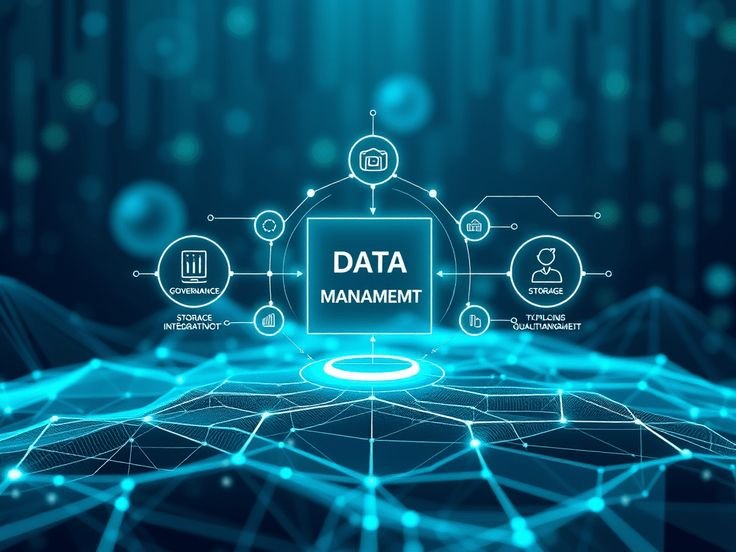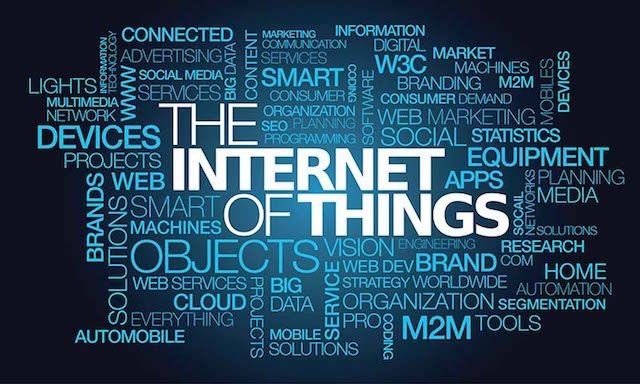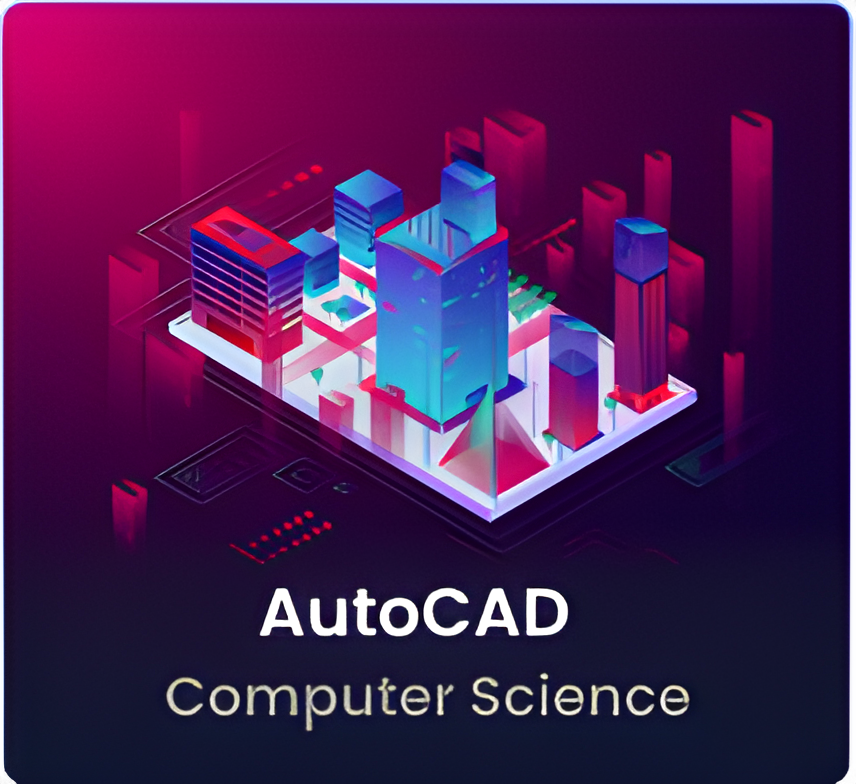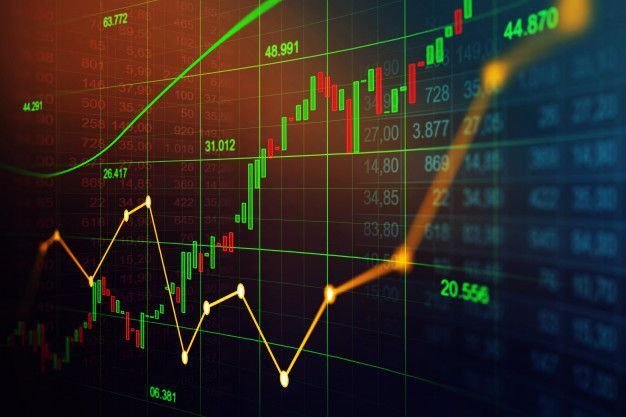Data Science Training
Last Update
Jan,01 1970Category
CSE/ITDescription
Module 1: Introduction to Data Science
-
What is Data Science and why it matters
-
Data Science lifecycle
-
Roles: Data Analyst vs Data Scientist vs Data Engineer
-
Real-world applications of data science
Module 2: Python for Data Science
-
Python fundamentals: variables, data types, loops, functions
-
Working with data structures: lists, dictionaries, tuples
-
Introduction to Jupyter Notebook
-
Popular libraries: NumPy, Pandas, Matplotlib
Module 3: Data Analysis with Pandas
-
Reading and writing data (CSV, Excel)
-
Data selection, filtering, and sorting
-
Grouping, merging, and aggregating data
-
Handling missing values and duplicates
Module 4: Data Visualization
-
Visualizing data distributions, trends, and correlations
-
Using Matplotlib and Seaborn for charts and plots
-
Creating dashboards with Plotly (optional)
Module 5: Statistics and Probability
-
Descriptive statistics: mean, median, mode, variance, standard deviation
-
Probability theory: basic concepts, conditional probability
-
Hypothesis testing: p-values, confidence intervals
-
Distributions: normal, binomial, Poisson
Module 6: Exploratory Data Analysis (EDA)
-
Identifying patterns and outliers
-
Feature correlation analysis
-
Using visualization tools to uncover insights
-
Preparing data for modeling
Module 7: Machine Learning for Data Science
-
Introduction to supervised and unsupervised learning
-
Linear and Logistic Regression
-
Decision Trees, Random Forest, K-Nearest Neighbors
-
Model evaluation: accuracy, confusion matrix, ROC curve
-
Overfitting and underfitting, cross-validation
Module 8: Feature Engineering and Selection
-
Creating new features from raw data
-
Encoding categorical variables
-
Normalization and scaling
-
Selecting the best features for modeling
Module 9: Time Series and Forecasting (Optional)
-
Understanding time series data
-
Trend, seasonality, and noise
-
Moving average and exponential smoothing
-
ARIMA models for forecasting
Module 10: Introduction to SQL for Data Science
-
Basics of databases and relational data
-
Writing SQL queries: SELECT, JOIN, GROUP BY
-
Filtering and sorting data
-
Combining Python with SQL (using SQLite or MySQL)
Module 11: Real-World Projects
-
Sales prediction for a retail company
-
Customer churn analysis
-
Market basket analysis (association rules)
-
Movie recommendation system
-
Employee attrition prediction
Tools and Technologies Used
-
Python
-
Jupyter Notebook / Google Colab
-
NumPy, Pandas, Matplotlib, Seaborn
-
Scikit-learn
-
SQL (SQLite, MySQL, or PostgreSQL)
-
Plotly, Streamlit (for dashboard and deployment)
Requirements
What is Data Science?
Data Science is an interdisciplinary field that uses scientific methods, processes, algorithms, and systems to extract insights from structured and unstructured data. It combines programming, statistics, and domain knowledge to solve real-world problems.
Why Learn Data Science?
-
In-demand skill across industries: healthcare, finance, retail, technology, etc.
-
High-paying job opportunities such as Data Analyst, Data Scientist, ML Engineer
-
Powers decision-making, business strategy, and innovation using data
Curriculum
-
LevelBeginner
-
Lectures10 Lectures
-
Duration4h/30m
-
CategoryCSE/IT
-
LanguageEnglish
-
CertificateYes
.jpg)
